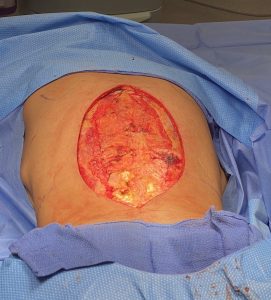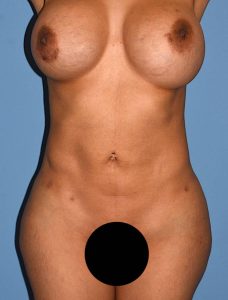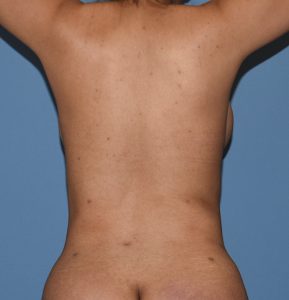Background: For surgical waist narrowing conventional procedures like liposuction and tummy tucks have a primary role. When they are inadequate or an increased narrowing effect is desired the lone remaining option is structural modification of the lower ribcage. Whether this is done by rib fracture or rib removal the concept is that a collapse or loss of muscular support to the free floating rib tips will narrow the waistline further. Such surgery addresses the deeper abdominal wall tissues than conventional body contouring surgery does not reach.
Rib removal surgery has its best effect in patients that have a thinner subcutaneous fat layer beneath their abdominal/back skin. This is why patients that are either naturally thin or have been through prior liposuction surgery, often from BBL surgery, responds best to inward abdominal wall musculature movement. Besides a thinner subcutaneous fat layer it is also important to have good skin elasticity for its contraction benefit. Excess or loose skin works against a maximum waistline narrowing effect.
The only method to manage loose skin in the torso for a horizontal narrowing effect is a vertically oriented excision pattern which has a horizontal tightening movement. A conventional tummy tuck does not create this effect as it is a horizontally oriented excision and vertical pulldown. The vertical backlift has a corset-like effect with the ‘hooks’ or ‘zipper’ in the back down the spine. It can be done when skin excess alone exists or as the removal of the last anatomic barrier for maximal waistline narrowing in the post rib removal patient.
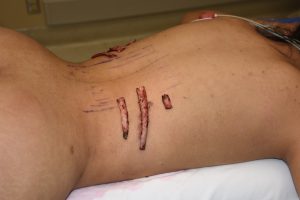
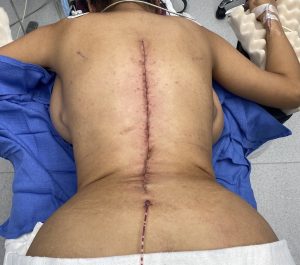
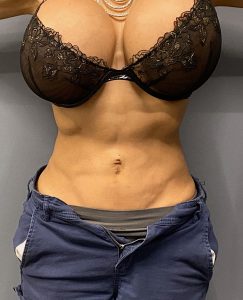
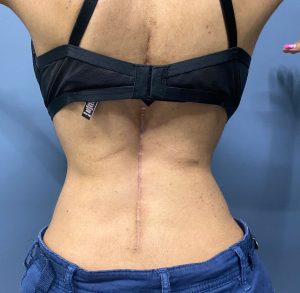
Key Points:
1) An unintentional two stage approach to waist/torso narrowing is a first stage rib removal and a second stage vertical backlift.
2) Rib removal surgery relies on having good quality skin for maximum contraction.
3) The last barrier to maximal torso narrowing is the presence of any loose skin which is addressed by a surgical corset or vertical backlift.
Dr. Barry Eppley
World-Renowned Plastic Surgeon



